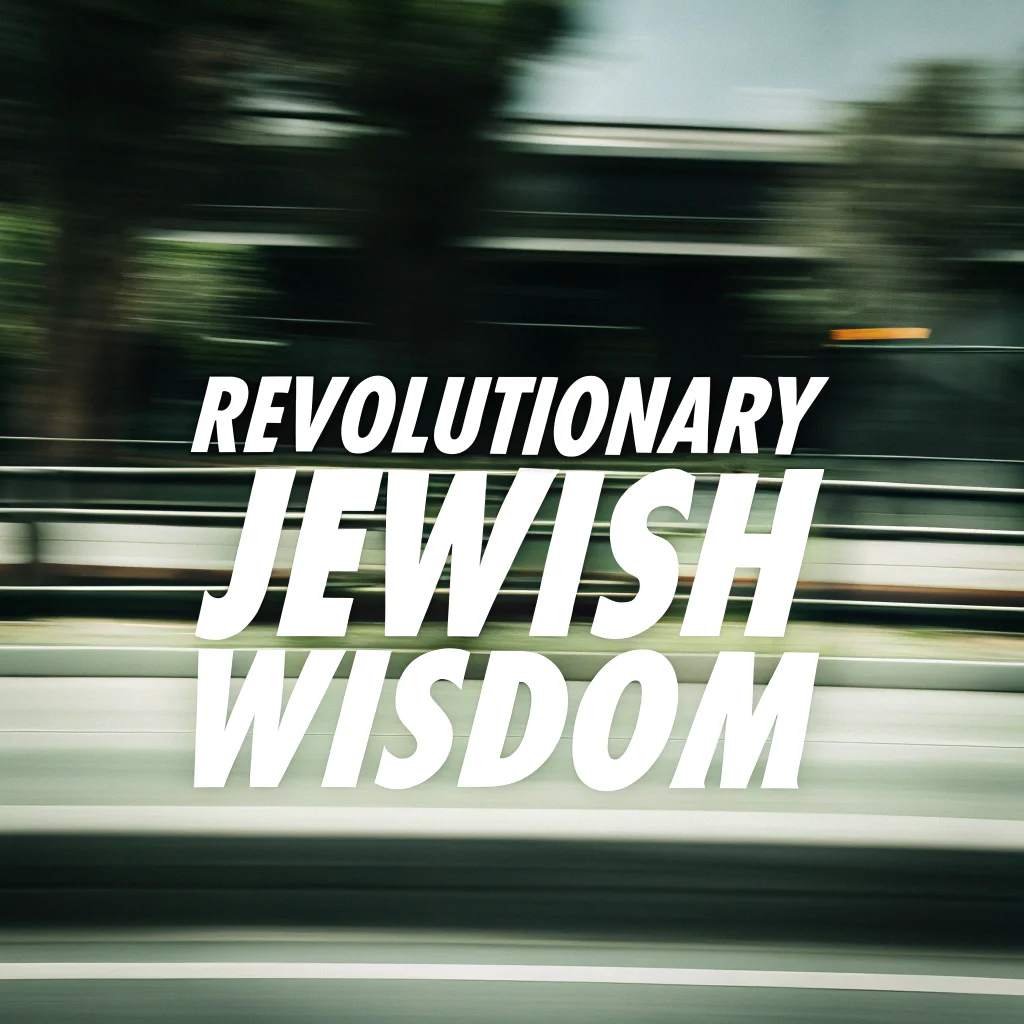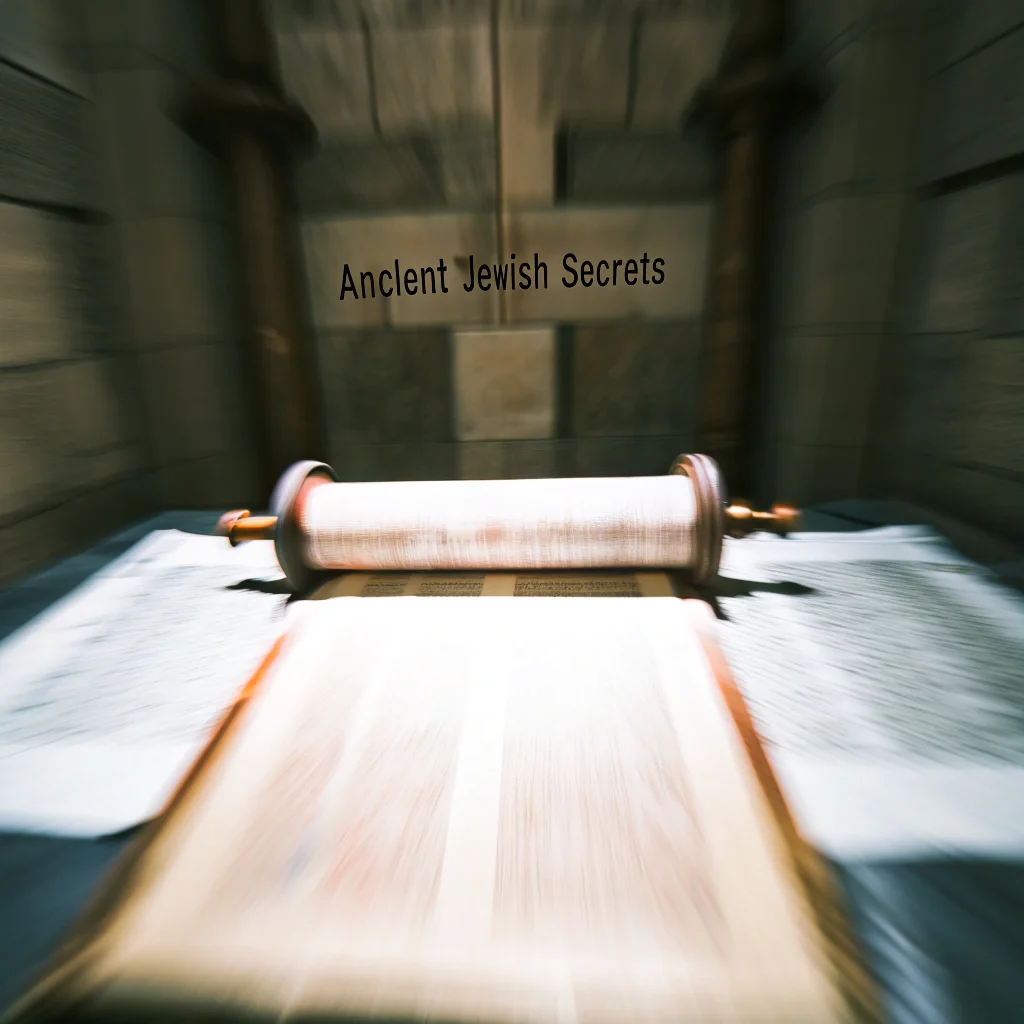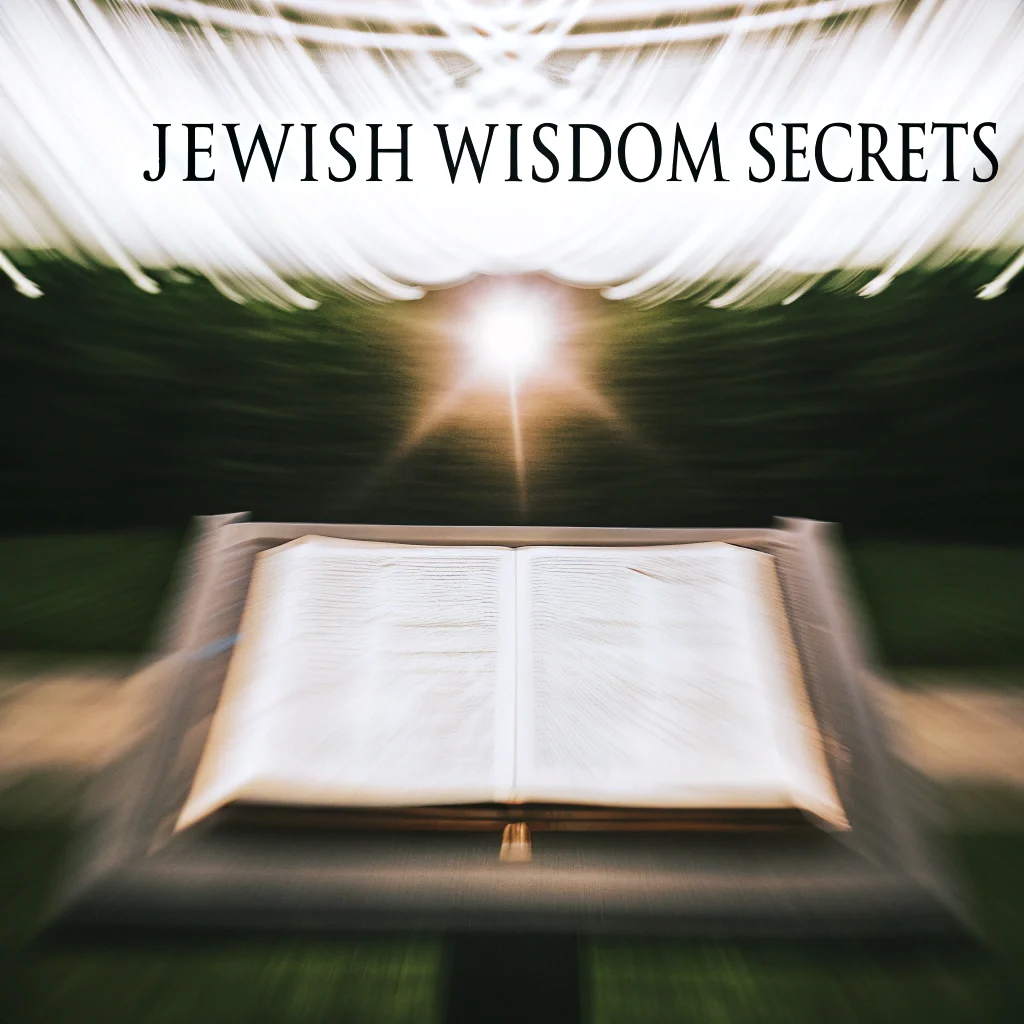Soul Architecture: How Our Inner Structure Works According to “Tanya”
What is the soul and what does it consist of?
Imagine your soul as an amazing multi-story house. On the upper floors, there’s a “command center” — the intellect, and on the lower floors live your feelings and emotions. They are all connected to each other, like rooms in a house with staircases and corridors. This is exactly how the structure of our soul is explained in the famous book “Tanya.”
Each floor of this “spiritual house” performs its function. And today we will embark on an exciting journey through these rooms to understand how our inner world works.
Ten powers of the soul: brain and heart in one team
According to the teachings of Rabbi Shneur Zalman, our soul consists of ten special powers. These powers are divided into two groups:
- Three powers of intellect (called “mothers”): Chochma [wisdom], Bina [understanding], and Daat [knowledge]
- Seven emotional powers (called “days of construction”)
This is similar to a computer, where the processor (intellect) controls all programs (emotions). Without a processor, the programs won’t start. Similarly, our emotions are born through the work of our intellect.
Three floors of intellect: how thought transforms into understanding
Chochma — the first spark of understanding
Imagine you are looking at the starry sky and suddenly realize: “The universe is enormous!” This is Chochma — the first glimpse of thought, when you suddenly realize something, but can’t yet fully explain it. It’s like lightning that momentarily illuminates the darkness.
In the original text, this is called “koach ma” — the power that asks the first question “what is this?”
Bina — developing thought in detail
After the flash of Chochma, Bina comes into play. It takes this glimpse and begins to unfold it, examining it from all sides. If Chochma told you “The universe is enormous!”, then Bina begins to reflect: “How enormous is it? What is in it? How is it arranged?”
This is like the process of unwrapping a gift: Chochma sees the packaging and understands there’s something inside, while Bina unwraps it and examines the contents.
Daat — connecting thought with the Almighty
The third power of the intellect — Daat — is the most interesting. It is responsible for the deep connection between a person and the subject of contemplation. In the text, this is explained through the biblical phrase “And Adam knew Eve,” which speaks of connection and union.
When a person reflects on the greatness of the Creator, Daat helps establish a strong connection with this thought, not allowing it to escape. Without Daat, even the deepest reflections will remain just “empty dreams.”
When the mind ignites the heart: the birth of emotions
The most amazing thing about this system is that the proper work of the intellect automatically gives birth to emotions. This is similar to how sunlight warms the earth — naturally and inevitably.
Love for the Almighty: fire in the heart
When a person’s mind deeply immerses in reflections on the greatness of the Creator, love naturally arises in the heart. Rabbi Shneur Zalman describes this with vivid images: the heart “ignites with strong love, like burning coals,” and the soul experiences thirst, aspiration, and attraction to the Infinite.
Interestingly, the author connects this love with the element of fire in the soul, which, according to ancient teachings, resides in the heart.
Fear of God: awe before greatness
Parallel to love, awe for the Almighty is also born — a feeling of reverence before the one who “fills all worlds” and before whom “everything seemingly does not exist.” This is not fear of punishment, but rather admiration for incomprehensible greatness, similar to what a person experiences standing at the edge of the Grand Canyon or looking at the boundless ocean.
Why knowledge is more important than wisdom?
In this system, there is an amazing paradox: even a person of “greatest wisdom” cannot generate true love and awe if they lack the power of Daat — the ability to firmly connect their mind with the subject of contemplation.
Imagine a scientist who knows everything about love on a theoretical level but has never experienced it. His knowledge will remain dry facts without life. Similarly with spiritual life: you can know everything about the Almighty, but without Daat — without a personal connection — this knowledge will not transform into living emotions.
How to apply this knowledge in life?
The teaching of “Tanya” about the powers of the soul has practical applications. Here’s what you can extract from it:
- Intellect and emotions are connected. If you want to change your emotions, start by changing your thoughts.
- Deep reflection gives birth to strong feelings. Take time to reflect on what is important to you.
- Consistency is more important than flashes of insight. Daat — the ability to hold a thought — is more important than bright but fleeting understanding.
- Knowledge must become personal. Information transforms into wisdom only when it becomes a part of you.
The path from mind to heart: the secret of a harmonious life
This entire process — from the first glimpse of thought (Chochma) through detailed understanding (Bina) to a strong connection (Daat), which gives birth to love and awe — shows the amazing harmony of our inner structure.
When this system works properly, a person experiences the fullness of life: their intellect nourishes their emotions, and emotions provide energy for actions. The intellect becomes not an abstract “brain center,” but a living source that fills the heart with real experiences.
In our modern world, where intellect and heart are often contrasted, this teaching reminds us that they are actually created to work together, complementing and strengthening each other.
This article is based on the third chapter of the book “Likutei Amarim — Tanya” by Rabbi Shneur Zalman of Liadi (also known as the Alter Rebbe), founder of the Chabad movement and one of the greatest Hasidic thinkers.
Afterword: This text has not been approved by any sage, Torah scholar, or rabbi and is merely a simplified adaptation of the sacred text for general understanding. For comprehension of true wisdom and a deeper understanding of the original text, you should refer to the sources.



